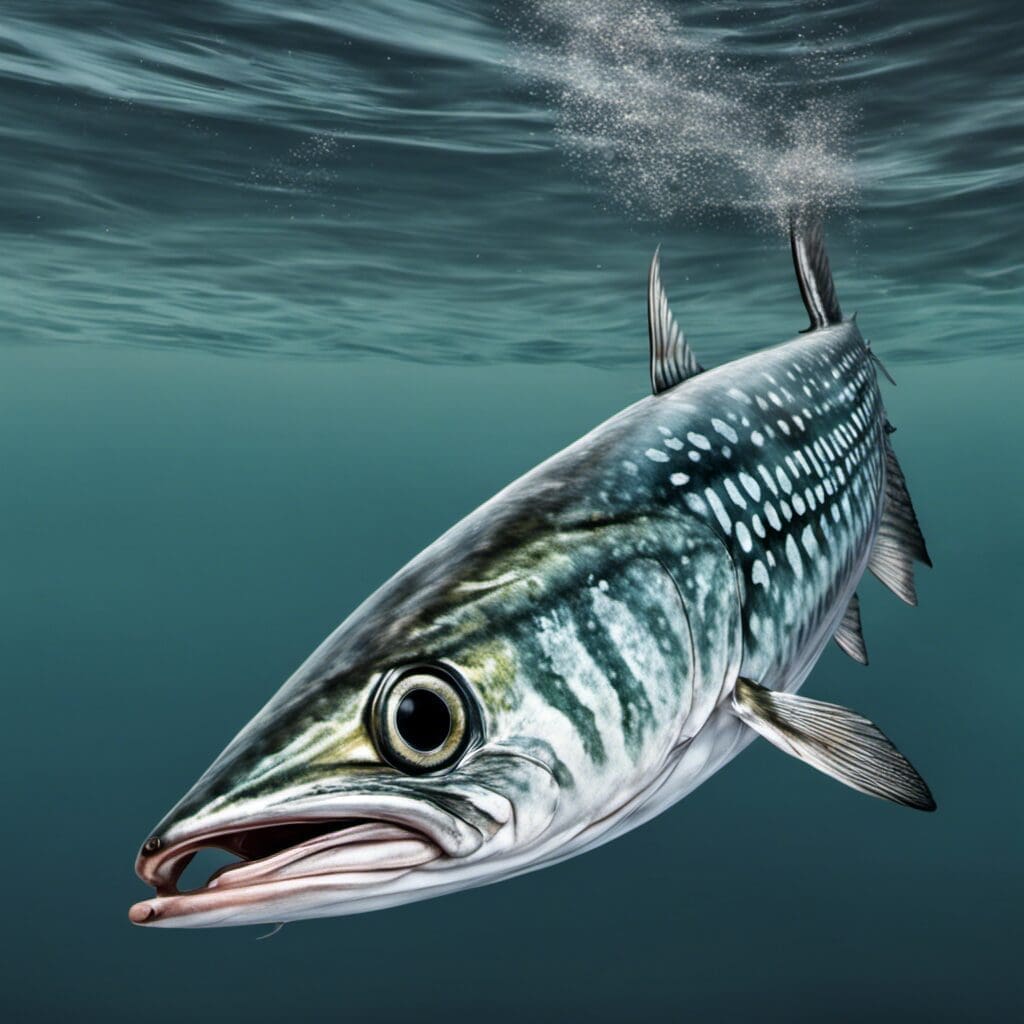The Spanish Mackerel, scientifically known as Scomberomorus maculatus, is a species of predator fish belonging to the family Scombridae, popularly known for its sporting and culinary value.
Conservation Status
The Spanish Mackerel is currently considered a species of least concern, according to the International Union for Conservation of Nature. Conservation efforts for the Spanish Mackerel mainly focus on regulating the fishing activities to prevent over-exploitation.
| Current Status | Conservation Efforts |
|---|---|
| Least Concern | Regulation of Fishing Activities |
Statistics
Includes the physical attributes of the Spanish Mackerel such as length, weight, lifespan, and more.
| Element | Average | Range |
|---|---|---|
| Length | 50 cm | 30-90 cm |
| Weight | 3 kg | 1-10 kg |
| Lifespan | 11 Years | Not Defined |
Distribution
Spanish Mackerel are mainly found in the Atlantic Ocean, from the coast of Maine to the Yucatan Peninsula, and in the Gulf of Mexico. They typically migrate towards warmer waters in the winter and cooler waters in the summer.
Habitats
These fish occur in a variety of habitats, typically preferring warmer waters. They are commonly found in depths of 10-35 meters and favor water temperatures between 20-30°C.
When and Where to See
In warmer climates, Spanish Mackerel may be found year-round, but they are most active during spring and fall migrations. They are often most visible early in the morning or late in the afternoon.
Best Fishing Locations
Some of the top locations for fishing Spanish Mackerel include:
1. Florida Keys, Florida
2. Chesapeake Bay, Maryland
3. Outer Banks, North Carolina
4. Gulf Shores & Orange Beach, Alabama
5. Galveston Bay, Texas
6. Cabo San Lucas, Mexico
7. Destin, Florida
8. Panama City Beach, Florida
9. Corpus Christi, Texas
10. Sarasota, Florida
The best way to find Spanish Mackerel is to look for areas with abundant small baitfish, as these are their primary food source. It’s also useful to follow birds, as they often feed on the same baitfish.
How to Catch
Preferred baits for catching Spanish Mackerel include live bait such as mullet, squid, or shrimp, as well as shiny metal lures. Techniques often include trolling or casting, and the best times to fish are early morning or late afternoon.
Identification Guide
Spanish Mackerel are easily identifiable by their slender bodies, forked tail fins, and a series of dark spots along the sides. They are similar in appearance to the King Mackerel, but are generally smaller and sleeker, with more pronounced spots.
Culinary Profile
Spanish Mackerel is highly appreciated for its firm, flavorful flesh which has a high fat content. It can be cooked in a variety of ways, including grilling, baking, smoking, or frying.
Additional Information
Spanish Mackerel are voracious feeders, consuming a diet primarily made up of small baitfish. They are known for their impressive jumps and long, powerful runs when hooked, making them a favorite among sport fishermen. Predators include larger fish, dolphins, and sharks.
Please be aware that fishing regulations and guidelines can vary greatly by region, so always check local laws and guidelines before engaging in any fishing activities.

